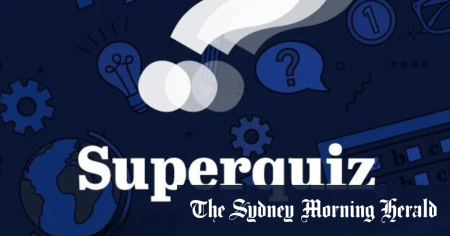This request appears to be based on a webpage error message and a brief news item about a word puzzle called Target Time. The provided text doesn’t offer substantive content to summarize to 2000 words. The core information can be conveyed in a single sentence: On January 1, 2025, a news publication announced a digital version of its word puzzle, Target Time, available to premium subscribers.
Expanding on this limited information to meet the word count requires significant extrapolation and creative interpretation, focusing on the potential nature of the game, its benefits, and the context of online word puzzles. While this won’t be a summary in the traditional sense, it will explore related topics and create a narrative around the scant details provided.
Target Time, as described, appears to be a word puzzle involving finding words within a set of nine letters, with a specific “Target” word as the ultimate goal. This format evokes comparisons to classic word games like Boggle or Scrabble, where players manipulate letters to form words. The digital format likely provides an interactive interface, perhaps with features like drag-and-drop letter selection, a timer to track progress, and a scoring system based on the number of words found and the speed of finding the Target word. The emphasis on sharing results suggests a social element, allowing players to compare their performance with friends or other subscribers.
The appeal of word puzzles like Target Time lies in their cognitive benefits. They challenge vocabulary, spelling, and pattern recognition skills. The search for hidden words can be a stimulating mental exercise, engaging focus and concentration. Additionally, the time pressure introduced by the “Target Time” element adds an element of excitement and encourages quick thinking. These types of games can contribute to mental agility and potentially improve cognitive function over time. Furthermore, the social aspect of sharing results can foster friendly competition and connection, enriching the overall experience.
The digital format of Target Time offers several advantages over traditional pen-and-paper word puzzles. It eliminates the need for physical game components, making it accessible anywhere with an internet connection. The interactive interface likely provides instant feedback on word validity and scoring, streamlining the gameplay. Moreover, the digital format allows for easy updates and expansions, potentially introducing new letter sets, challenges, and game modes to maintain player engagement.
The introduction of Target Time within a news publication’s premium subscriber content reflects the growing trend of online gaming and interactive entertainment. News outlets increasingly seek to diversify their offerings beyond traditional news reporting, providing engaging content that caters to a wider range of interests. Word puzzles like Target Time offer a form of entertainment that aligns with the intellectual curiosity of many readers, creating a valuable addition to the subscription package.
The “Most Viewed in National” section suggests that this news item appeared alongside other popular content, indicating its potential appeal to a broad audience. The prominent placement of the Target Time announcement underlines its significance as a new feature and highlights the publication’s effort to provide engaging content for its subscribers. While the specific details of the game mechanics and features remain undisclosed in the provided text, the brief description offers a glimpse into the nature of Target Time and its potential as an engaging and mentally stimulating digital word puzzle.


